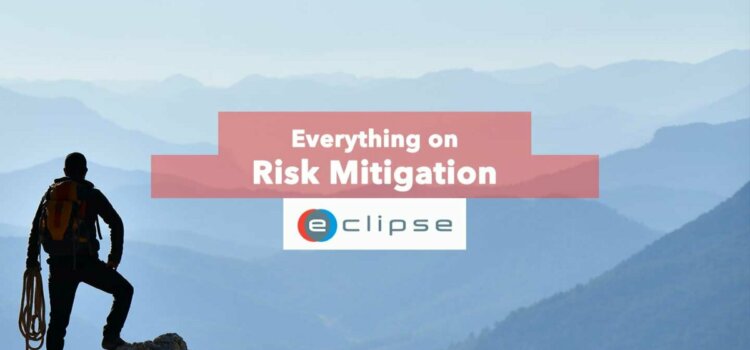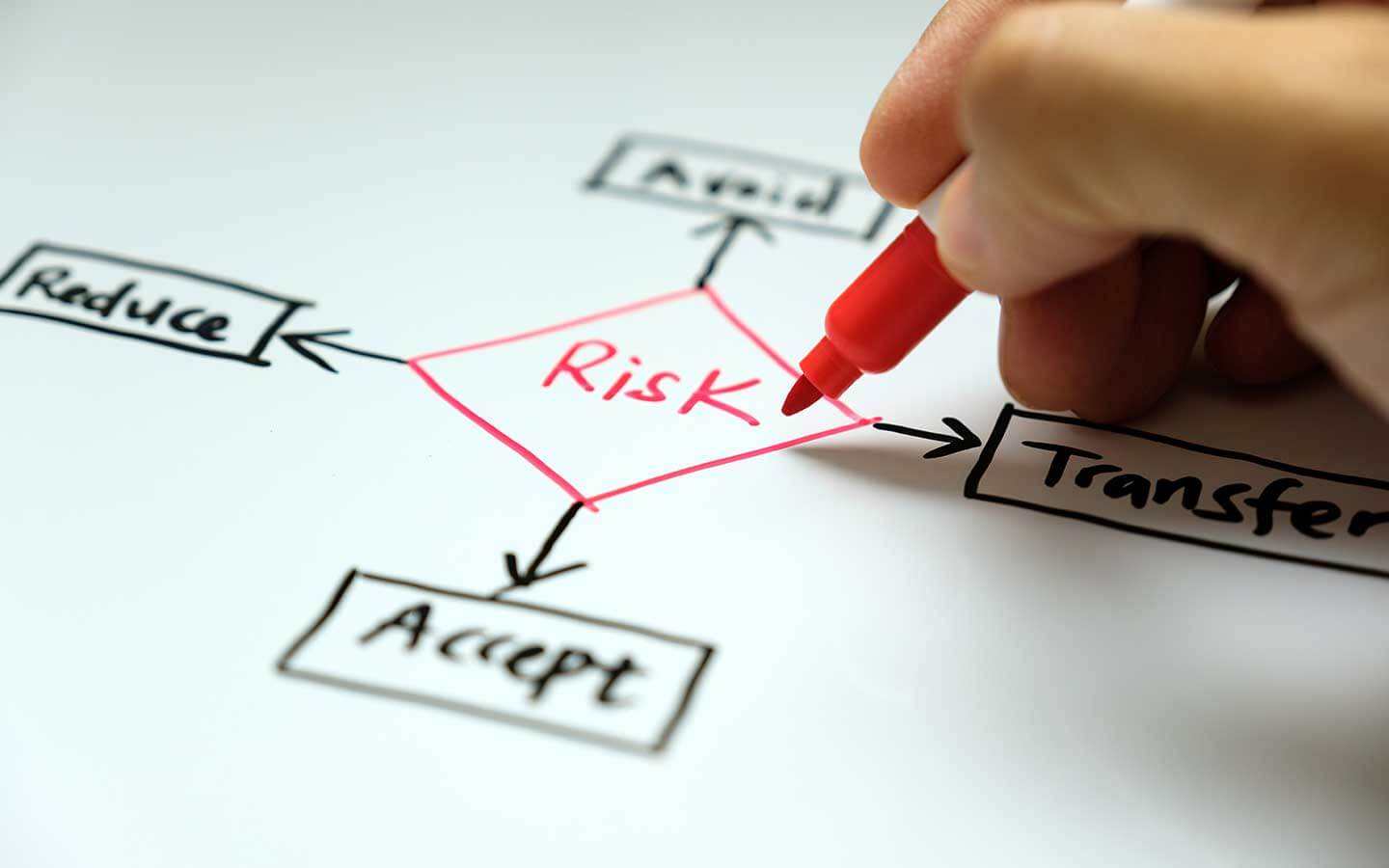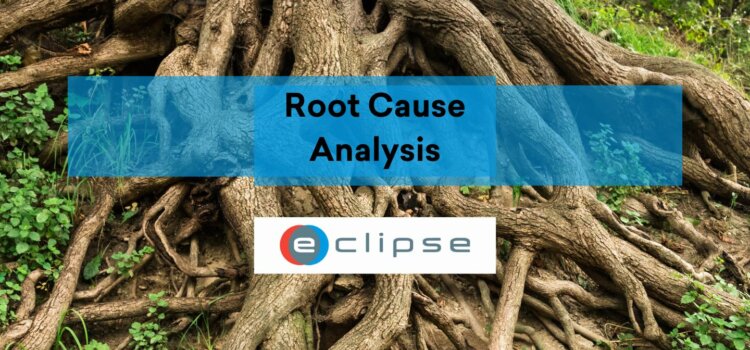
Risk Mitigation: Meaning, Types, Aspects, and Benefits
22 Mar, 2024
When you want to reach an end result, you will encounter risks that will jeopardize a successful outcome. Therefore, Mitigating Risks is an important part of your project. There are many different ways to mitigate risk, and each project will have its own unique needs. In this article, we discuss the meaning, types, aspects and benefits of Risk Mitigation.
What is Risk Mitigation?
Risk Mitigation refers to the different methods of dealing with threats to a project. Within Risk Mitigation, there are several strategies. Each strategy serves a unique purpose; which way to mitigate risk is dependent on the risk.
In addition, we can address Risk Mitigation as the process of preparing for threats and having a plan to lessen the impact/severity. Before determining the appropriate Risk Mitigation strategy, there is a need to evaluate the risks through risk identification, impact assessment, and strategy development.
The goal is to find the method of Risk Mitigation that best suits your project, goals, and company’s needs.
Risk Mitigation involves the development of plans to manage, prevent or reduce potential risk to an acceptable level.
Typically Risk Mitigation will create preventive actions to reduce the probability of occurrence or the impact severity. If a risk does occur, the mitigation plan will contain instructions on how to react and limit the damage.
After implementing a mitigation strategy, there is continuous monitoring to assess its effectiveness with the intent of reviewing the course of action should it be necessary.
Types of Risk Mitigation Strategies
There are different ways to mitigate risk. The most common strategies used in business are:
Risk Acceptance
This is an agreement and coming to terms that the risk is already in existence and there is no way you can change it. Risk acceptance requires the approval of project leads to get established. Risk Acceptance is typically used as a last resort after all other options have been explored and discarded.
Risk Avoidance
Risk Avoidance is an effort to avoid the threat altogether. Risk Avoidance could include cancelling the project, not starting the project, or redesigning the project. Avoiding risk is better than performing the activities that cause the trouble. To avoid risk, you could make necessary adjustments to the program; this could come as funding, new requirements, or a schedule change. Risk Avoidance is often used when the consequences of the risk are too severe. Other words for Risk Avoidance are Risk Prevention or Risk Elimination.
Risk Reduction
Risk Reduction is making changes to reduce the probability or impact of a risk. Risk Reduction is often used when the consequences of the risk are severe but not enough to warrant avoidance. Risk Reduction could come in the form of additional training for employees, more safety procedures, or higher-quality materials. Other words from Risk Minimization.
Risk Transfer
Risk Transfer is the act of moving the responsibility of risk from one party to another. Risk Transfer is often used when the consequences of the risk are severe but not enough to warrant avoidance for your department. Common forms of Risk Transfers are insurance, warranties, and service level agreements. Risk transfer can also come in the form of changing the risk ownership to another department or business, which will then be responsible for the risk.
Risk Monitoring
Another option to deal with risks is Risk Monitoring. Risk Monitoring is the process of keeping track of risks, observing changes, and updating the Risk Registry. Risk monitoring is chosen when the consequences of the risk are not severe and reduction is not possible. Risk monitoring could be as simple as setting up alerts or having regular meetings. If a Risk escalates, the proper response team can be notified and choose another risk mitigation strategy. Risk Monitoring can be done by creating a Risk Matrix.
Evaluating the Effectiveness of Risk Mitigation Strategies
Successful evaluation of a Risk Mitigation strategy is possible using the following essential evaluation steps:
- Planning: Before evaluation, you need to have a plan for how you will evaluate. It should include the development of criteria, objectives, and methods to determine how well the strategy is working.
- Data gathering: Collect data on the performance of the Risk Mitigation strategy using surveys, interviews, focus groups, or other research methods.
- Analysis: Evaluate the data collected to see if it meets the criteria and objectives set in the planning stage.
- Reporting: Communicate the findings to those who need to know, such as project sponsors and managers.
- Making changes: Use the findings from the evaluation to make improvements to the Risk Mitigation strategy.
Risk Mitigation and Testing
Testing is related to Risk Mitigation in that it can be used to find and fix potential problems before they occur. By finding and fixing potential problems, the likelihood of an actual problem occurring is reduced. Testing can also be used to verify that controls are effective. There are several tests that can be performed to mitigate risk, including:
- Performance testing: A test of the system’s performance to verify that it meets the requirements.
- Integration testing: A test of the interfaces between components to verify that they work together as expected.
- Unit testing: A test of an individual component or module.
- Security testing: A test of the security controls to verify that they are effective.
- Stress testing: A test of the system under extreme conditions to verify that it can handle peak loads.
- Acceptance testing: A test of the system by the customer to verify that it meets their needs.
Risk Mitigation and Reviews
Reviews are another important tool for mitigating risk. By conducting reviews (such as document reviews), potential risks can be found and fixed before they become actual problems. There are several types of reviews that can be performed. Within engineering there are several types of reviews:
- Inspection: Conducted by trained inspectors who look for defects.
- Walk through: Conducted by the development team of the work product who explains it to the reviewers.
- Technical review: A review conducted by experts who assess the technical adequacy of the project.
- Management review: A review conducted by management to assess the adequacy of the project’s plans and activities.
Depending on your industry and organization, you may have different types of reviews for your project.
Risk Mitigation and Change Control
Change control is a process that is used to manage changes to the project. Change control is important for Mitigating Risks because it ensures that changes that are required to Mitigate Risks are made in a controlled and safe manner. By having a change control process, the likelihood of problems occurring from changes is reduced.
The Benefits of Risk Mitigation
There are many benefits to mitigating risk in your project. Below is a list of 9 benefits your company might experience by implementing Risk Mitigation strategies:
- Helps you avoid losses: By preparing for risks, you can avoid or minimize the losses that might occur if something goes wrong.
- Protects your reputation: If you are able to successfully mitigate risk, it can protect your company’s reputation. This is especially important if you are dealing with a high-profile project.
- Increases efficiency: By reducing the likelihood of something going wrong, you can increase the efficiency of your project.
- Reduces stress: If you have a plan in place to deal with risks, it can reduce stress for everyone involved in the project.
- Improves communication: Good risk management requires clear and effective communication. This can improve communication within your team and with other stakeholders.
- Builds trust: If you are able to successfully manage risks, it can build trust between you and your team members. It can also build trust with other stakeholders.
- Increases chances of success: By mitigating risk, you can increase the chances of your project being a success.
- Facilitates decision-making: Risk management can help you make better decisions about your project. This is because it forces you to think about the potential risks and how they might impact your project.
- Reduces non-conformance: By managing risks, you can reduce the chances of non-conformance with requirements. This is important for any project that is subject to regulation.
Use ECLIPSE Software Suite to manage your Risk Mitigation Strategies
Mitigating Risks becomes easier with ECLIPSE Software Suite. With our eRISK module, you can track, monitor and report on risks throughout your project. This will allow you to make more informed decisions about how to Mitigate Risks in your project.

Created by Desmond Gardeslen





